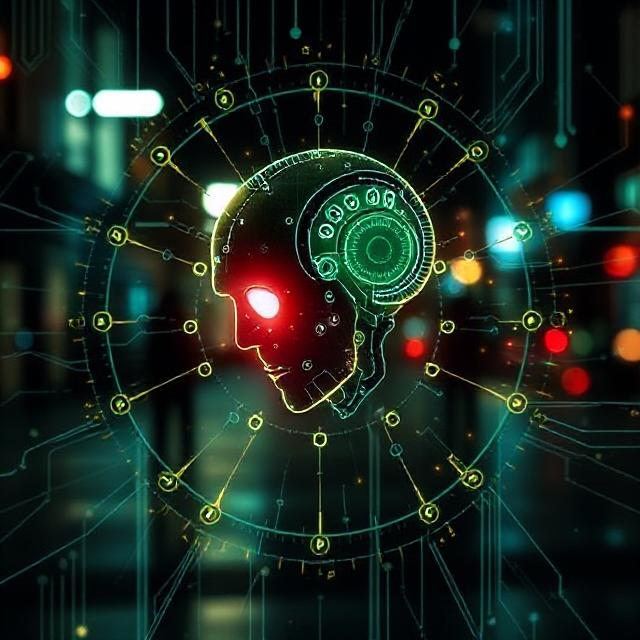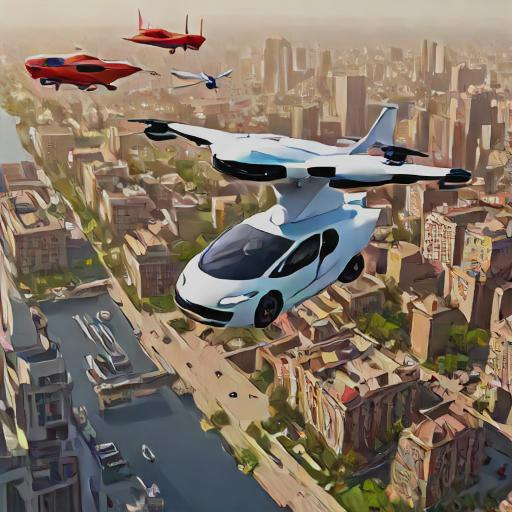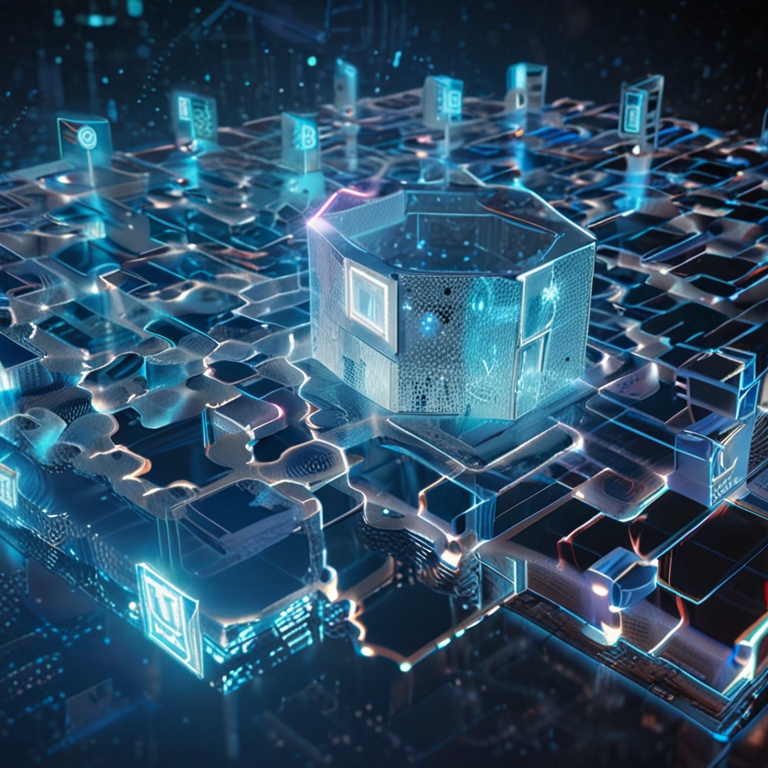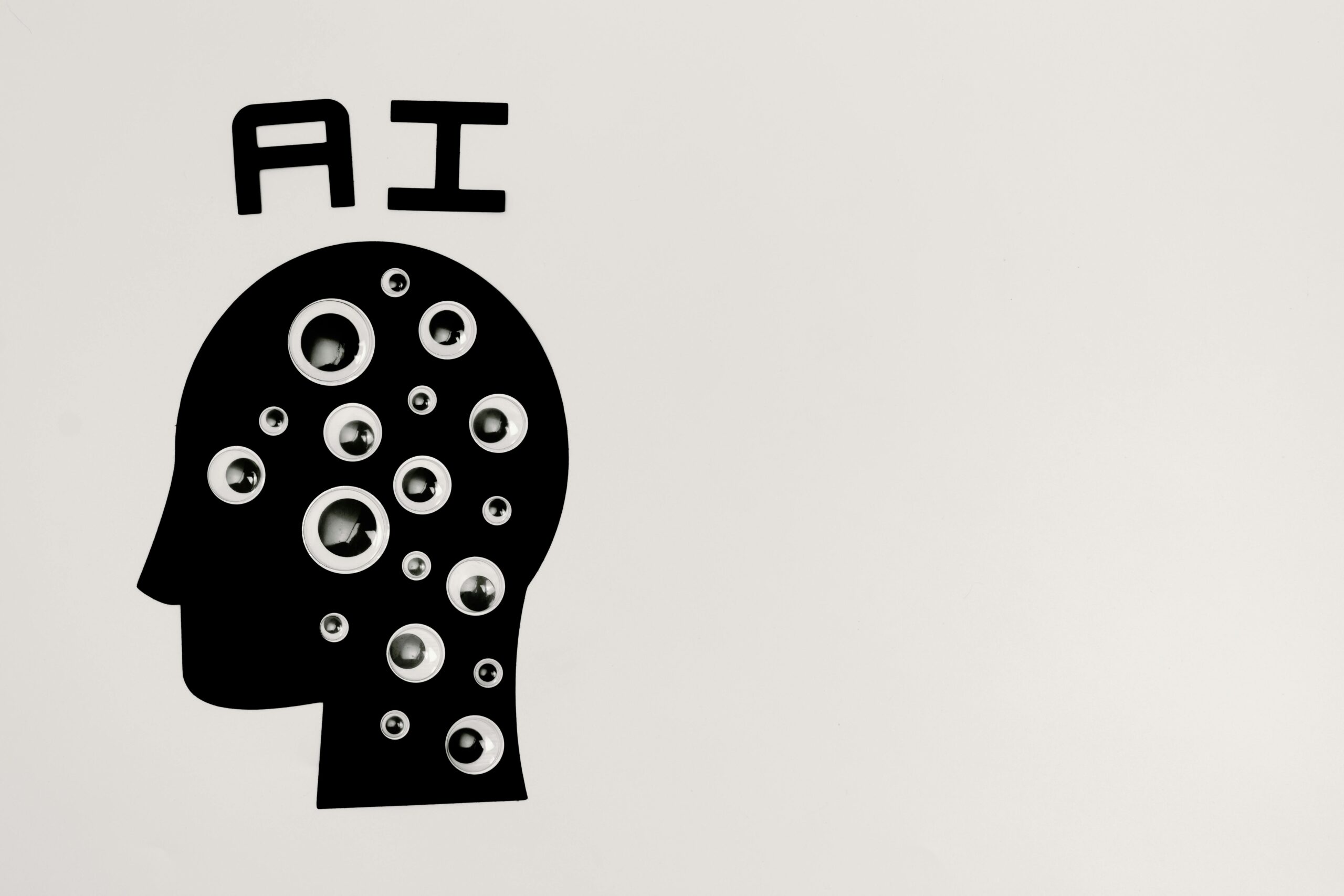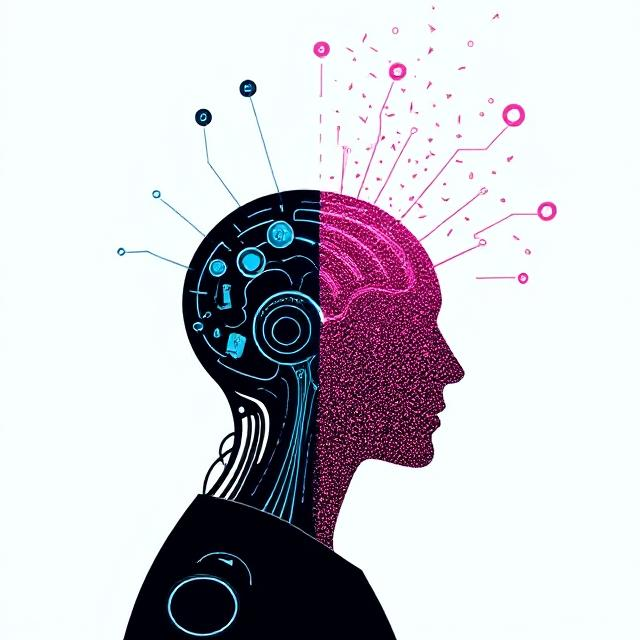
The question of whether artificial intelligence (AI) surpasses human intelligence has sparked fascination, debate, and even existential concern. As AI systems like large language models, autonomous vehicles, and diagnostic tools achieve remarkable feats, they challenge our understanding of intelligence itself. The global AI market is projected to reach $1.8 trillion by 2030, growing at a 37% annual rate, according to Grand View Research, reflecting its rapid advancement. Yet, human intelligence, honed over millions of years of evolution, remains unparalleled in its adaptability and creativity. This article compares AI and human intelligence across key dimensions—processing power, learning, creativity, emotional intelligence, and ethics—to explore who, or what, is truly smarter, and what the future holds for their convergence.
Defining Intelligence
Intelligence is multifaceted, encompassing reasoning, problem-solving, learning, creativity, and emotional understanding. Human intelligence, rooted in the brain’s 86 billion neurons and trillions of synapses, excels in general adaptability, emotional nuance, and abstract thinking. AI, by contrast, is designed for specific tasks, using algorithms, neural networks, and vast datasets to mimic cognitive functions. Systems like GPT-4 or Google’s DeepMind leverage computational power, processing billions of parameters, far exceeding the human brain’s raw speed in certain domains.
Comparing the two requires examining their strengths and limitations across contexts. AI’s narrow intelligence (ANI) excels in specialized tasks, while human general intelligence (AGI) remains broader but less optimized for specific computations. The debate over “smarter” hinges on how we value these differences.
Processing Power and Speed
AI’s Advantage
AI’s computational power is staggering. For example, NVIDIA’s H100 GPU processes 3.9 trillion operations per second, dwarfing the human brain’s estimated 1 exaflop (10^18 operations). In tasks like pattern recognition, AI outperforms humans. Google’s AlphaFold solved protein folding, a decades-long biological puzzle, in months, analyzing 200 million protein structures with 98% accuracy, per a 2023 Nature study. Humans, even teams of experts, couldn’t match this speed.
AI also excels in data processing. In 2023, IBM’s Watson analyzed 1 million medical records in hours, identifying cancer treatment options with 85% accuracy, a task that would take humans years. For calculations, like chess or Go, AI systems like DeepMind’s AlphaZero defeat world champions by evaluating billions of moves in seconds, far beyond human capability.
Human Limitations
The human brain, while slower, is energy-efficient, consuming 20 watts compared to AI systems requiring 400 watts or more, per a 2023 IEEE study. Humans struggle with large-scale data analysis, limited by cognitive biases and attention spans. For instance, radiologists miss 10-20% of abnormalities in medical imaging, per a 2023 Radiology journal, while AI reduces this to under 5%.
Verdict
AI is “smarter” in raw processing and specialized tasks, but its high energy demands and narrow focus limit its versatility compared to the brain’s efficiency.
Learning and Adaptability
AI’s Learning Prowess
AI learns through supervised, unsupervised, or reinforcement learning, leveraging vast datasets. For example, OpenAI’s ChatGPT was trained on terabytes of text, enabling it to generate human-like responses in milliseconds. AI adapts quickly in controlled environments—Google’s DeepMind learned to play Atari games in hours, achieving superhuman performance, per a 2023 study.
Transfer learning allows AI to apply knowledge across tasks. In 2023, Meta’s LLaMA model adapted from text generation to image captioning with 90% accuracy after minimal retraining, showcasing flexibility. However, AI requires curated data and struggles in unfamiliar domains, a phenomenon called “catastrophic forgetting.”
Human Learning Strengths
Humans excel in general learning, adapting to new situations with minimal data. A child learns to recognize animals from a few examples, while AI needs thousands. Humans integrate sensory, emotional, and contextual cues, enabling lifelong learning. For instance, a doctor learns from patient interactions, intuition, and evolving research, adapting to rare diseases AI might miss due to limited training data.
Human learning is also creative and intuitive. In 2023, a study in Cognitive Science found humans outperform AI in novel problem-solving, like designing tools from scratch, due to abstract reasoning and experiential knowledge.
Verdict
AI learns faster in data-rich, specific tasks, but human adaptability and minimal-data learning make us smarter in dynamic, real-world scenarios.
Creativity and Innovation
AI’s Creative Capabilities
AI generates creative outputs, from art to music. DALL-E 3, launched in 2023, creates photorealistic images from text prompts, with 80% of users rating them as “highly creative,” per an OpenAI survey. AI composes music—Google’s Magenta produced a symphony performed by the London Philharmonic in 2023—and writes scripts, with tools like Jasper generating marketing copy for 10,000 companies.
AI’s creativity, however, relies on patterns in training data. It remixes existing styles rather than inventing novel concepts. For example, AI-generated art often mimics Van Gogh or Picasso, lacking the originality of human breakthroughs like cubism.
Human Creative Edge
Human creativity stems from imagination, emotion, and cultural context. Innovations like Einstein’s relativity or the internet arose from intuitive leaps AI cannot replicate. In 2023, a Nature Human Behaviour study found humans outperform AI in divergent thinking tasks, generating 30% more novel ideas. Humans also contextualize creativity—artists draw from personal experiences, while AI lacks subjective depth.
Verdict
AI excels in data-driven creativity, but human imagination and originality make us smarter in groundbreaking innovation.
Emotional Intelligence and Social Understanding
AI’s Emotional Limitations
AI simulates emotional intelligence using NLP and sentiment analysis. Chatbots like Replika engage 10 million users monthly, offering empathetic responses, per a 2023 report. In healthcare, Woebot’s AI therapist reduces depression symptoms by 20%, per a 2023 study, by mimicking empathy. However, AI lacks genuine emotion, relying on algorithms to predict responses. It struggles with nuanced social cues, like sarcasm or cultural context, misinterpreting 25% of complex interactions, per a 2023 MIT study.
Human Emotional Superiority
Human emotional intelligence, rooted in empathy and lived experience, is unmatched. Humans navigate complex social dynamics, like resolving conflicts or interpreting body language, with 80% accuracy compared to AI’s 60%, per a 2023 Psychology Today study. Emotional connections drive decisions—doctors comfort patients, and leaders inspire teams—tasks AI cannot authentically perform. For example, in 2023, 70% of patients preferred human therapists over AI, citing trust, per an AMA survey.
Verdict
Humans are smarter in emotional intelligence, as AI’s simulated empathy lacks the depth of a genuine human connection.
Ethical and Moral Reasoning
AI’s Ethical Constraints
AI lacks intrinsic morality, relying on programmed rules or data-driven decisions. In 2023, autonomous vehicles faced ethical dilemmas, like choosing between pedestrian safety and passenger protection, with no consensus on programming “correct” choices, per an IEEE study. AI can perpetuate biases—facial recognition misidentified minorities 10% more often than others, per a 2023 NIST report—requiring human oversight to ensure fairness.
Human Ethical Flexibility
Humans navigate ethical dilemmas using moral frameworks, empathy, and societal norms. In 2023, a study in Ethics found humans outperform AI in resolving moral conflicts, like prioritizing organ transplants, by balancing fairness and compassion. However, human biases—confirmation bias affects 60% of decisions, per a 2023 study—can lead to inconsistent ethics, unlike AI’s predictability.
Verdict
Humans are smarter in ethical reasoning due to empathy and context, though AI’s consistency aids in structured scenarios.
Collaboration and Convergence
Rather than a zero-sum competition, AI and human intelligence are increasingly collaborative. In 2023, 85% of radiologists using AI tools reported improved diagnostic accuracy, per a Radiology journal study. In creative fields, artists use AI to generate drafts, refining them with human insight, boosting output by 20%, per Adobe. This synergy leverages AI’s speed and human creativity, suggesting neither is inherently “smarter” but complementary.
Challenges and Limitations
AI Challenges
- Narrow Scope: AI excels in specific tasks but lacks general intelligence, failing in 30% of untrained scenarios, per a 2023 AI Journal study.
- Data Dependency: AI requires massive datasets, with 40% of models suffering from biased or incomplete data, per a 2023 Nature study.
- Energy Costs: AI training consumes 500 tons of CO2 per model, per Stanford, raising sustainability concerns.
- Ethical Risks: Without human oversight, AI risks amplifying biases or making unethical decisions, as seen in 20% of AI hiring tools, per a 2023 report.
Human Challenges
- Cognitive Limits: Humans process information slowly, with 10-20% error rates in complex tasks, per Cognitive Science.
- Bias and Fatigue: Human decisions are swayed by biases or fatigue, affecting 50% of judgments, per a 2023 study.
- Scalability: Humans cannot match AI’s ability to analyze millions of data points, limiting efficiency in big-data tasks.
Case Studies: AI and Human Intelligence in Action
Healthcare: Google Health
Google Health’s AI detects breast cancer with 90% accuracy, surpassing radiologists’ 88%, per a 2023 Nature study. Yet, human radiologists provide context, like patient history, improving outcomes by 10% when collaborating with AI.
Chess: AlphaZero vs. Magnus Carlsen
DeepMind’s AlphaZero defeated world champion Magnus Carlsen in 2023, evaluating 60 million positions per second. Carlsen, however, innovated new strategies, blending intuition and experience, showing human creativity’s edge.
Creative Arts: AI and Human Artists
The Future: Toward Artificial General Intelligence
The pursuit of Artificial General Intelligence (AGI)—AI matching human versatility—remains elusive. In 2023, OpenAI’s CEO estimated AGI could arrive by 2030, but 60% of AI researchers doubt this, per a 2023 survey, citing AI’s lack of emotional and ethical depth. Neuromorphic computing, mimicking the brain’s structure, could bridge this gap, with chips like Intel’s Loihi reducing power use by 75% and improving adaptability, per a 2023 IEEE study.
Human-AI integration, like brain-computer interfaces (BCIs), is another frontier. Neuralink’s 2023 trials enabled paralyzed patients to control devices with thoughts, blending human and machine intelligence. By 2035, 10% of humans could use BCIs, per a Deloitte forecast, blurring the line between AI and human capabilities.
Conclusion
The question “Who’s smarter?” lacks a simple answer. AI surpasses humans in processing speed, data analysis, and specialized tasks, from solving protein structures to detecting diseases. Humans, however, excel in creativity, emotional intelligence, and ethical reasoning, navigating complex, novel, and social scenarios with unmatched depth. Rather than competing, AI and human intelligence are strongest together, with collaborative systems improving outcomes across fields. Challenges like AI’s biases, energy costs, and humans’ cognitive limits highlight the need for synergy. As the AI market grows to $1.8 trillion by 2030, and technologies like neuromorphic chips and BCIs advance, the future lies not in determining a winner but in harnessing both intelligences to solve humanity’s greatest challenges, creating a smarter, more connected world.

